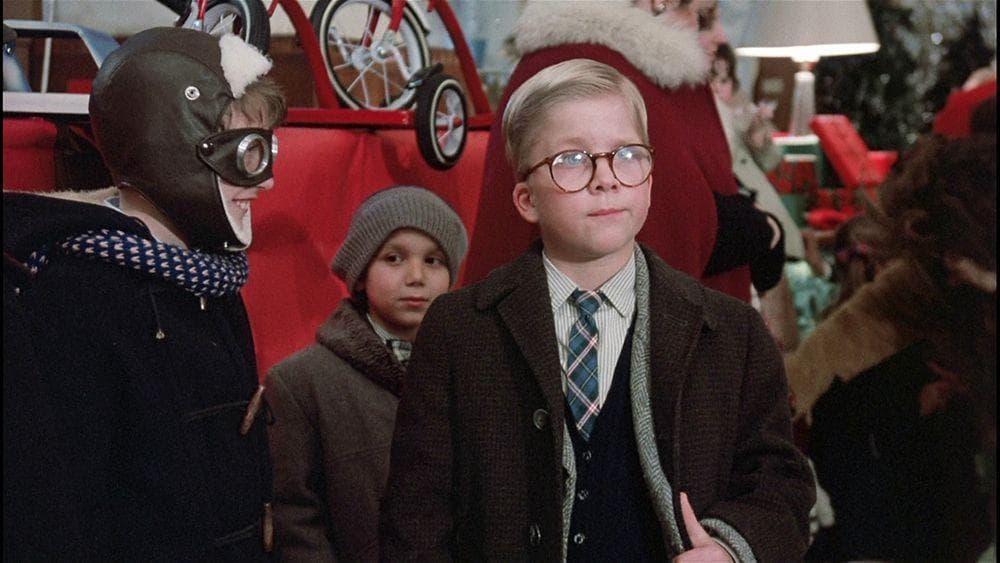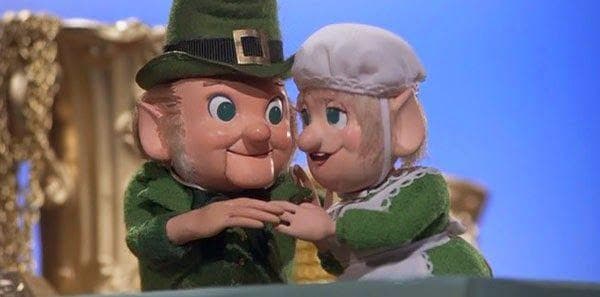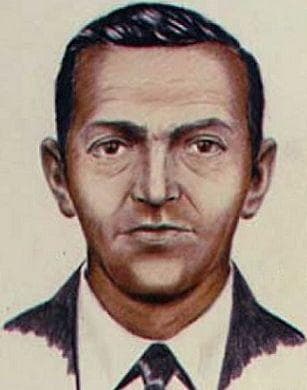-
(#10) Holly And Ivy Were Winter Plants Used By Pagans To Represent Fertility And Rebirth
Holly and ivy have deep roots in wintertime celebrations. As evergreen plants, holly and ivy were available in winter. They weren't exclusively used in winter, however.
Ancient Gaelic communities used the plants in their springtime Beltane festival, since they believed holly and ivy symbolized fertility and rebirth.
-
(#8) Red And Green Are The Colors Of Holly - But Coca-Cola Advertisements Associated The Colors With Christmas
Though pre-Christian and pagan cultures used holly in festivals and rituals, the plant became associated with Christmas because many took it to represent Jesus's crown of thorns. As a result, the holly's green and red colors were connected to Christmas - but they were not the signature colors of the holiday.
That all changed in the 1930s. The Coca-Cola Company popularized red and green as the quintessential Christmas colors through its advertising campaign featuring a fat and jolly Santa Claus.
-
(#11) Electric Lights Were Designed As A Safer Alternative To Candles
Germans developed the modern Christmas tree and, in the 16th century, illuminated their holiday trees with flickering candles. Some even claim that Protestant firebrand Martin Luther was the first to light a Christmas tree.
As the popularity of Christmas trees spread throughout Christian communities, so too did the risk of fire. Evergreen trees could go up in flames, thanks to all those burning candles.
To offer an alternative to risky candles, businessman and innovator Edward Johnson - who was also a partner in Thomas Edison's Edison Illumination Company - developed electric lights for Christmas trees in the 1880s. Since electricity was expensive at this time, they were not widely used.
Once the cost of electricity decreased by the 1920s, electric light kits were increasingly sold.
-
(#13) Wreaths In The 16th Century Came To Represent 'Divine Perfection'
One of the most public symbols of Christmas are wreaths hung on doors. Wreaths were meaningful objects in the pre-Christian and Christian worlds.
In ancient times, rings of plants signaled victory and triumph. From the 16th century, Christmas wreaths made from evergreen plants symbolized rebirth, and their circular shape represented "divine perfection."
-
(#3) Many Cultures Associated The Mistletoe With Fertility
The parasitic and poisonous mistletoe may seem like an odd addition to Christmas traditions. Yet, communities across ancient Europe associated the mistletoe with fertility.
Druids used mistletoe, an evergreen, in winter festivals. Mistletoes also appear in Norse mythology, and one story connects them to Frigga, goddess of beauty, love, and marriage.
As symbols of fertility, mistletoes had connections to love and romance - and this association may have been enough for people to start kissing beneath them in the late 18th century.
-
(#17) Bells Were Traditionally Rung During Mass
Bells herald the Christmas season in popular imagination. But their association with Christmastime gradually developed over centuries.
Bells were attached to sleighs as a means of announcing the approach of the vehicle. Bells were also rung before and during mass. Thanks to their seasonal and religious connotations, bells became a symbol of Christmas.
New Random Displays Display All By Ranking
About This Tool
All people are looking forward to the coming of the Christmas holiday. From Christmas food and Christmas carols to greetings cards and crackers, do you know the history of Christmas and the origins behind the popular Christmas traditions and symbols? Even if you no longer decorate Christmas trees and prepare Christmas gifts, every Christmas will become the best memory of growth.
It is a great time to learn more about the origins of the popular Christmas traditions before celebrating the holiday. The random tool introduced 17 details about Christmas traditions and symbols you should know, even if you are not a Christian.
Our data comes from Ranker, If you want to participate in the ranking of items displayed on this page, please click here.














